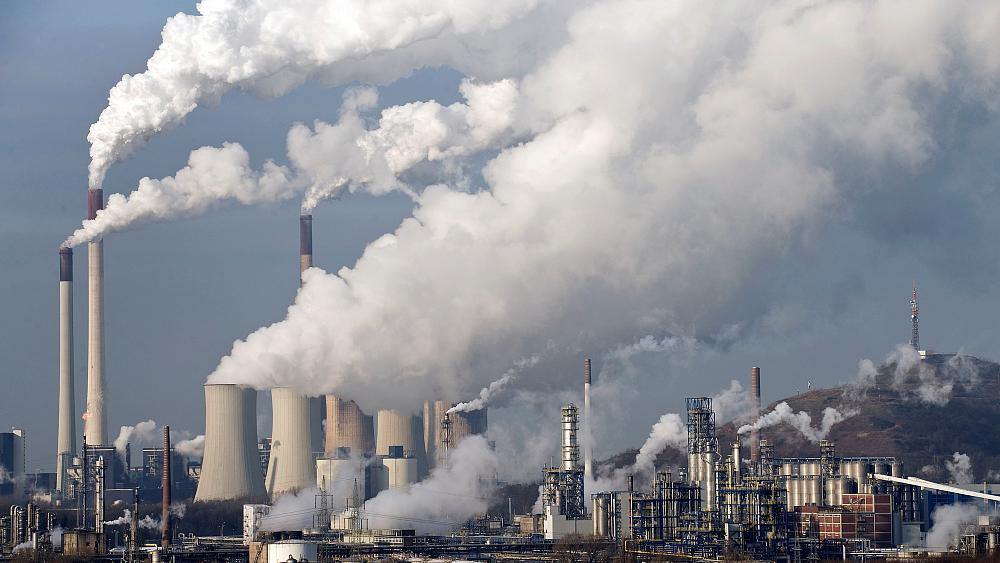
The World Health Organization (WHO) has tightened its guidelines for recommended air pollution limits, after it found evidence of damage to human health at lower levels than previously thought.
This leaves the EU legal limit for air pollution way out of step with the WHO’s recommendations, with the bloc allowing certain types of pollution to be four or five times higher.
Since 2005, when the WHO last updated its global recommendations, there has been “a marked increase in evidence that shows how air pollution affects different aspects of health” the organisation said.
It says it aims to save millions of lives with its new Global Air Quality Guidelines.
Around 7 million people are estimated to die prematurely due to air pollution, which can cause respiratory problems and lung damage in children, and heart disease and stroke in adults.
The new guidelines recommend air quality levels for six pollutants: two types of particulate matter (PM), ozone (O₃), nitrogen dioxide (NO₂) sulfur dioxide (SO₂) and carbon monoxide (CO).
According to environmental law charity ClientEarth, the new levels widen the gap between the WHO’s recommendations and the legal limits in the EU.
For example, for PM2.5, EU legal limits are now five times higher than WHO recommendations, while they are four times higher for NO2.
The charity claims they are “frequently or even systematically exceeded”, exposing citizens to dangerous levels of pollution.
According to Ugo Taddei, ClientEarth’s head of clean air, the new recommendations should “serve as a wake up call” to governments across Europe.
“Clean and healthy air is a fundamental right and EU laws should be fit to protect individuals,” he said.
“The Commission is now looking to reform EU air quality standards and these new WHO recommendations must absolutely be reflected in legislation. The revision of the Air Quality Directive is a once-in-a generation opportunity to ensure people in the EU don’t have to breathe harmful levels of air pollution for years to come.”
Announcing the new recommended levels, WHO director-general Dr Tedros Adhanom Ghebreyesus said air pollution hits people in low and middle-income countries hardest.
“WHO’s new Air Quality Guidelines are an evidence-based and practical tool for improving the quality of the air on which all life depends. I urge all countries and all those fighting to protect our environment to put them to use to reduce suffering and save lives,” he said.
The new guidelines were based on evidence obtained from six systematic reviews that considered more than 500 papers.
Related posts:
Views: 0
 RSS Feed
RSS Feed

















 September 22nd, 2021
September 22nd, 2021  Awake Goy
Awake Goy  Posted in
Posted in  Tags:
Tags: 
















